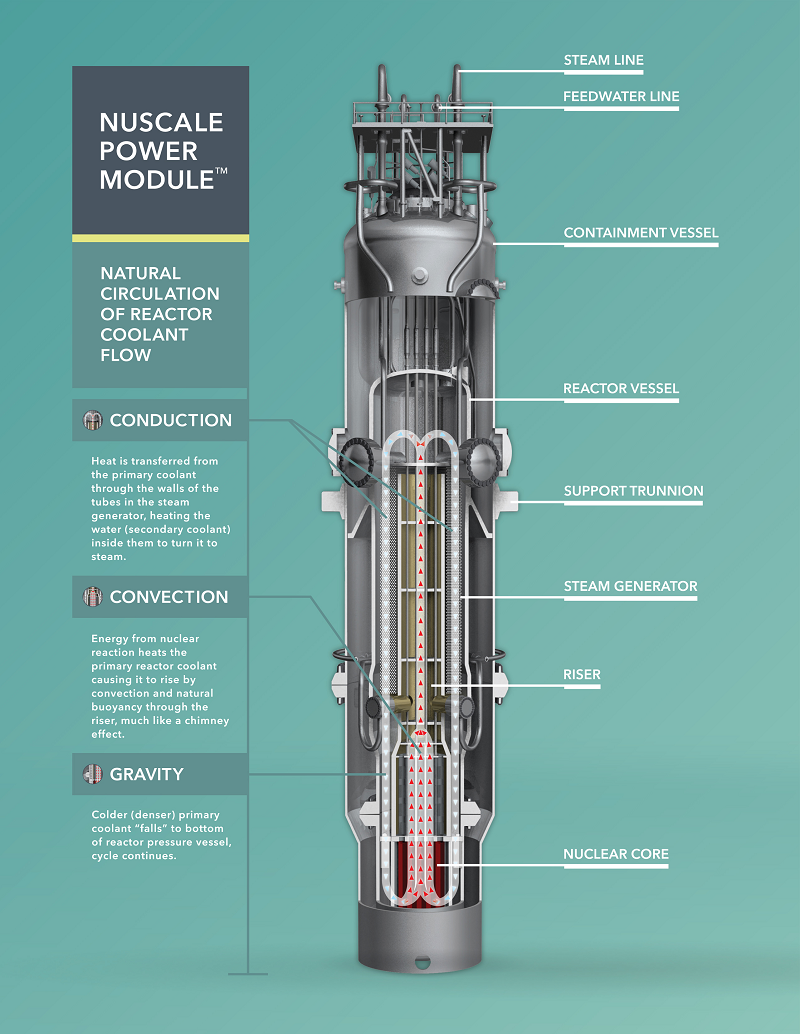This post is also available in:
 עברית (Hebrew)
עברית (Hebrew)
An energy startup operating at the Oregon State University campus has developed a safer and smaller prototype nuclear reactor that can produce clean nuclear energy. Operated by NuScale, the Small Modular Reactor can handle almost any emergency situation without a meltdown due to very little nuclear fuel (relative to traditional reactors) needed to power the reactor.
Nuclear energy is likely the most efficient method of producing clean energy. In the United States, about two-thirds of all clean electricity comes from nuclear power plants. Many scientists and policymakers agree that the future of clean, non-carbon emitting energy will come from nuclear energy. However most nuclear power plants in the United States are approaching the end of their lifetimes, with only two new reactors currently under construction, according to Wired.com. These reactors, unfortunately, are behind schedule and over budget.
The scalable small modular reactor has been designed to allow several reactors to connect into one unit. This makes it possible to scale the reactor according to the amount of energy demanded, making it great for anything between powering small remote military units to entire cities.
The reactor’s small size makes it easy to produce and ship. The reactor itself is about 65 feet tall and has a 9 foot diameter, it is stored in a containment vessel that is slightly larger than the reactor itself. The small modular reactor is capable of producing about 60 megawatts of energy, which is approximately about 10% of the energy that traditional reactors produce. However, the small modular reactor is about one hundredth the size of a traditional reactor.
The United States Nuclear Regulatory Commision has been keeping an eye on NuScale’s reactor since 2016. The company has submitted a 12 thousand page technical application to the commision in order to be reviewed. If the commission approves the small modular reactor, then the company can begin building its first commercial reactors. It is expected that the first reactors will begin supplying energy to western states in the U.S. by 2026.


























